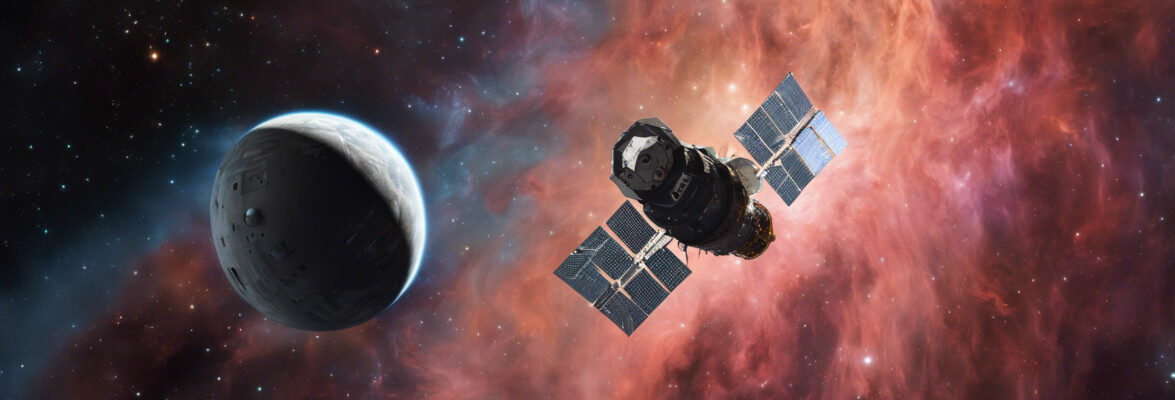
A little while ago, Firefly Aerospace’s Blue Ghost lander attempted a Moon landing in Mare Crisium. This was an autonomous maneuver that was the key step in what is known as Mission 1. After completing its braking and touching down on the Moon’s surface, Blue Ghost sent signals from its sensors confirming its success. After just over half an hour, it started sending images of the Moon’s surface.
Launched on January 15, the Blue Ghost lander is Firefly Aerospace’s first attempt to land a robotic vehicle on the Moon as part of the Commercial Lunar Payload Services (CLPS) program, connected to the Artemis program. It’s no coincidence that NASA also live-streamed the Moon landing on its channels, as the goal is to develop collaboration with private companies to provide transportation services to the Moon that ensure several trips to the Moon.
Just over a year ago, Intuitive Machines’ Nova-C Odysseus lander reached the Moon but flipped over. Now Blue Ghost appears to have accomplished a perfect Moon landing, the first private vehicle to achieve complete success. This makes it a remarkable result within a program that in recent times has been bringing various vehicles to the Moon with different outcomes.
For Firefly Aerospace, this is certainly a great success but in some ways, it’s only the beginning of the job. That’s because first of all, the various Blue Ghost subsystems must be activated and tested, and above all, there’s the scientific mission to begin. The lander carries ten scientific and technological payloads provided by NASA and various institutions. All the instruments must be put into operation to be tested and calibrated in order to carry out their detections and send the data collected to Earth.
For Firefly Aerospace, this is only the first Moon mission, and for this reason, it’s also called Blue Ghost M1. According to plans, the second mission of the next Blue Ghost lander should be conducted in 2026 but in the meantime, there’s the work of this mission with a great abundance of data on the journey and especially on the Moon landing. It’s impossible to test a Moon lander under the conditions in which it will have to perform its maneuvers, so the real data obtained by the company are worth much more than any simulation.


